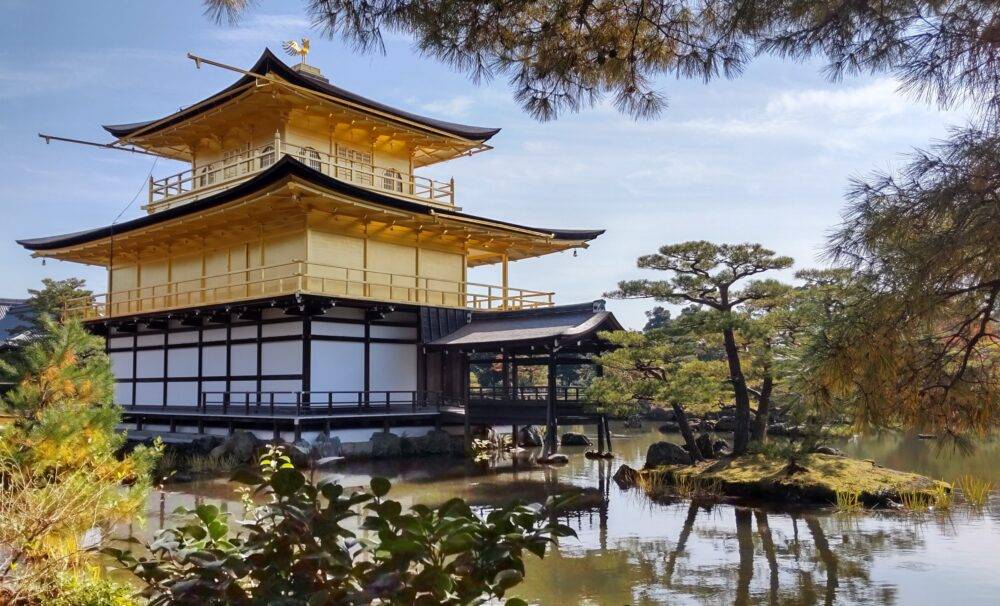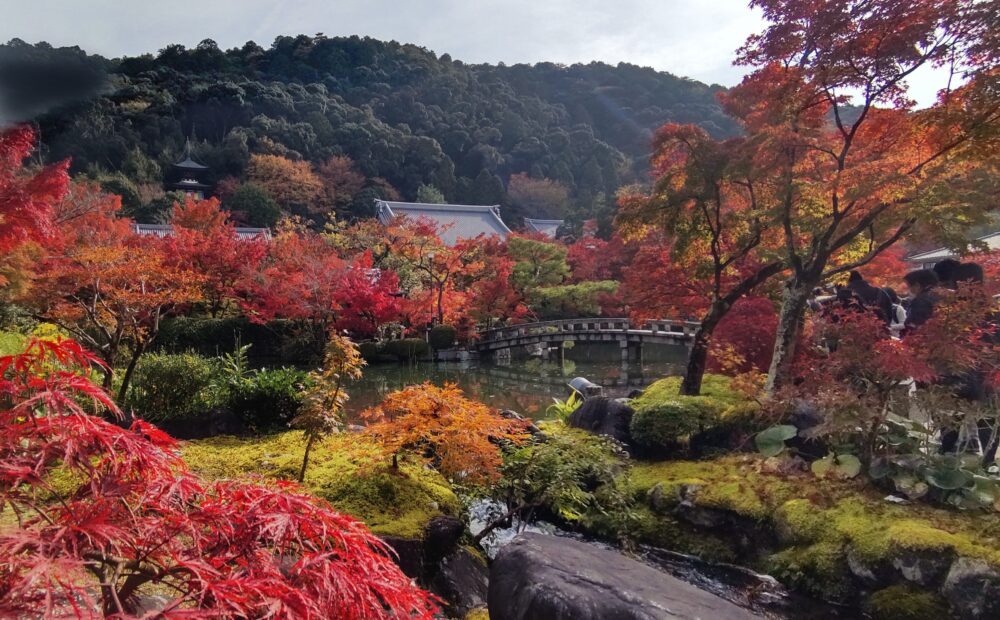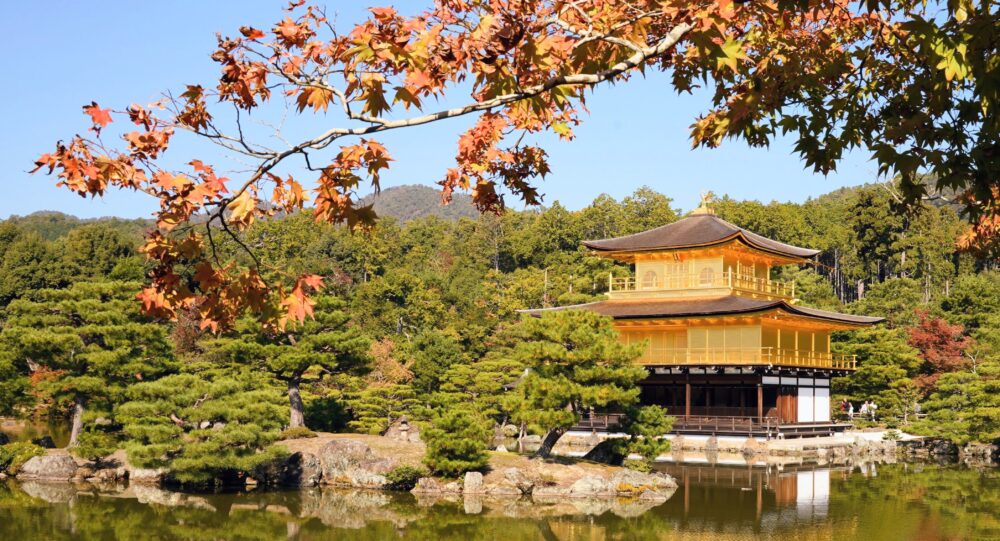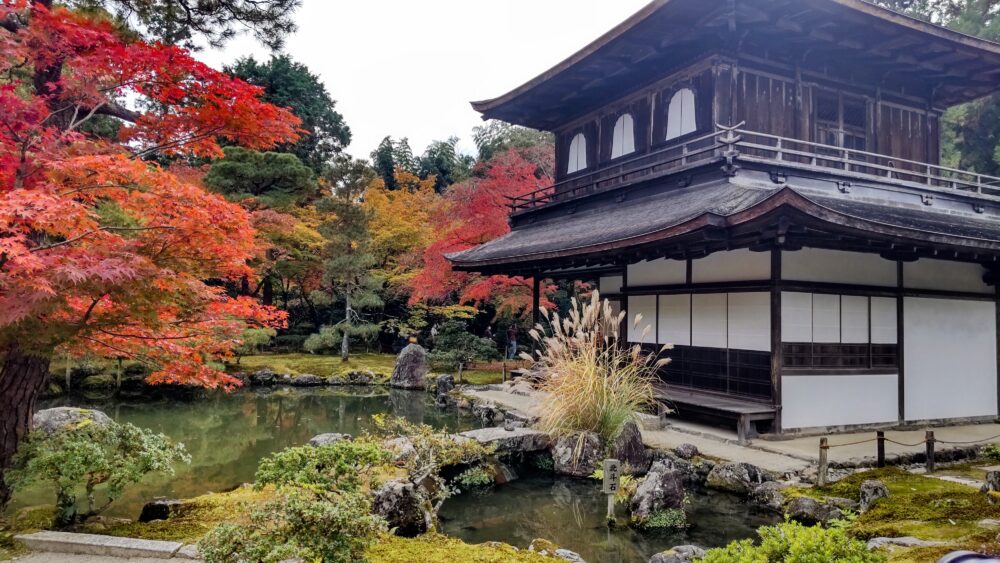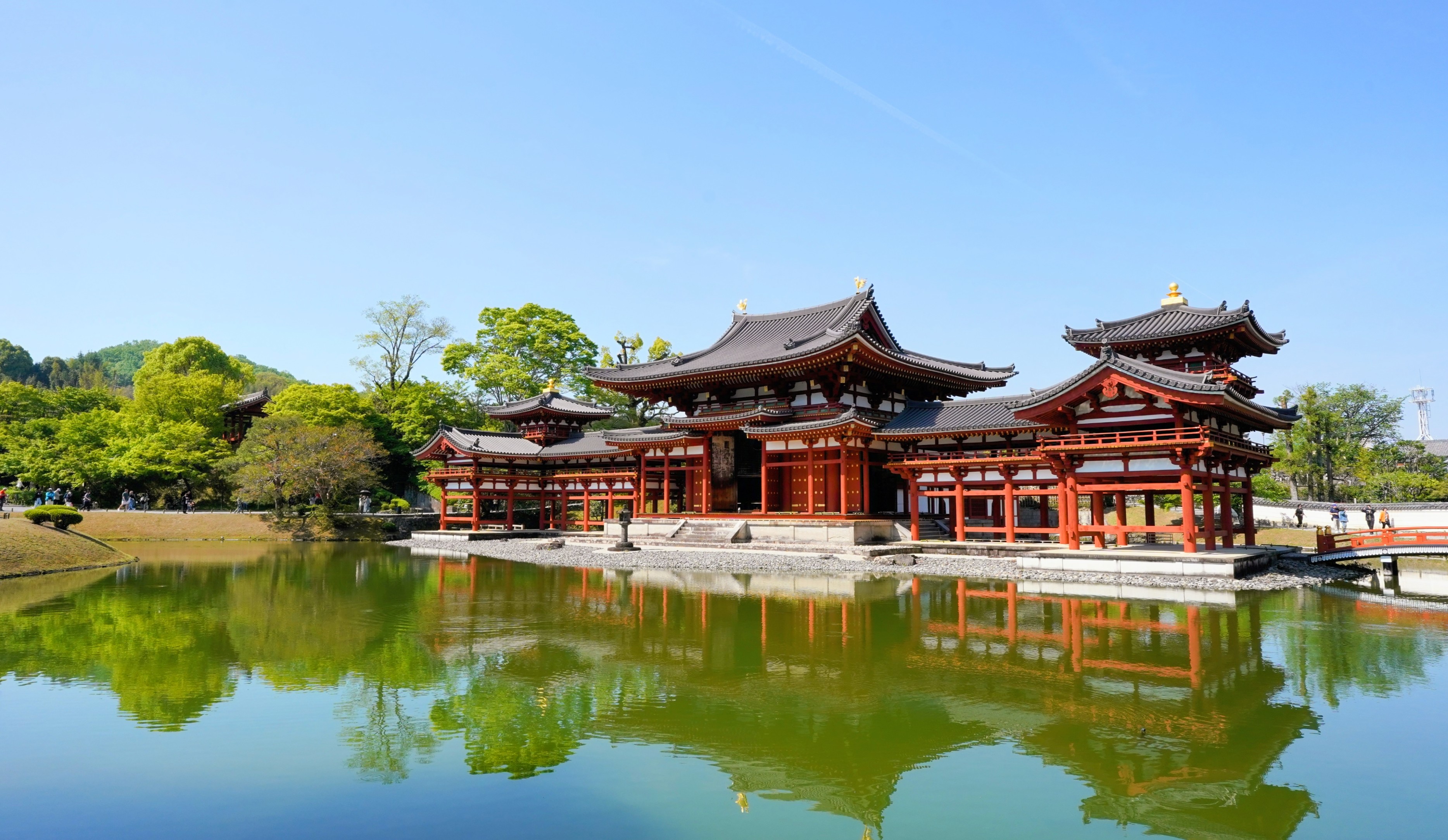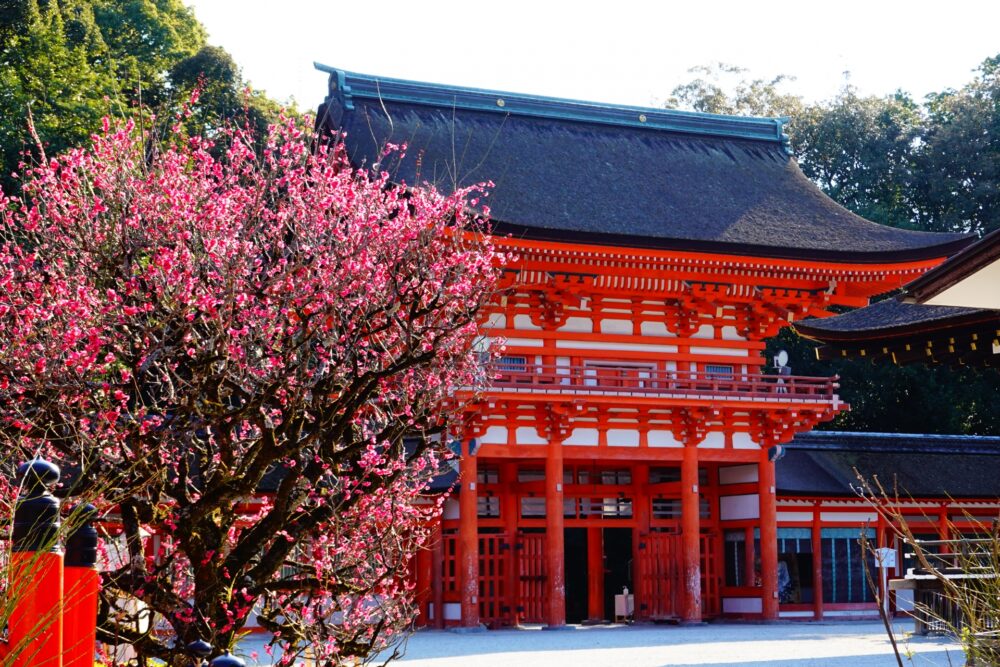Honmanji Temple: Hidden gem for cherry blossom viewing spot in Kyoto
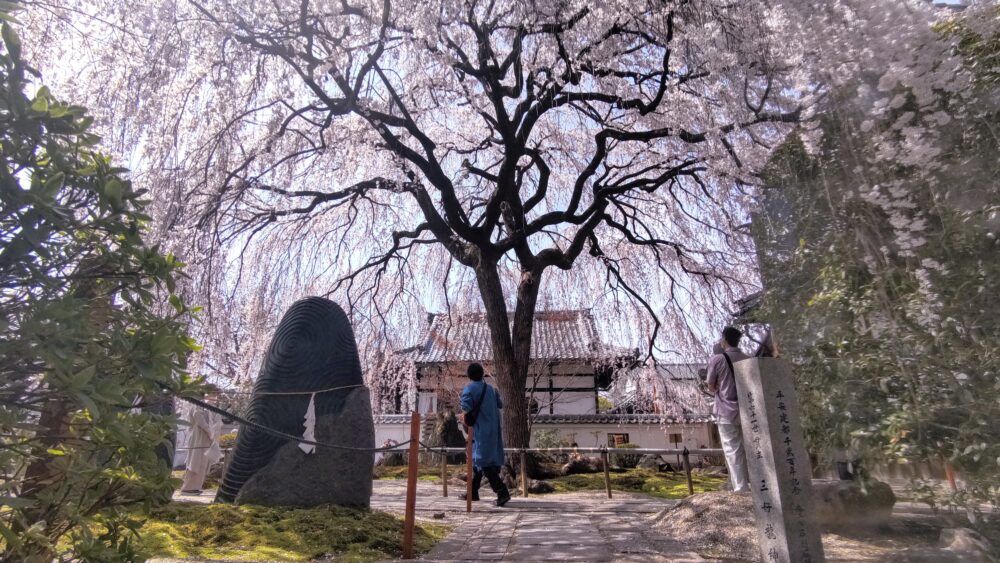
Kyoto, renowned for its stunning cherry blossom displays, draws millions of visitors each year. While the excitement brings tourists and locals together for joyous “Hanami” picnics, peak seasons at popular spots like Kiyomizu-dera Temple, Fushimi Inari Shrine, and Kinkakuji Temple (Golden Pavilion) can become overwhelmingly crowded. This can hinder your ability to fully appreciate the sights, capture photos, or simply move freely.
For a more tranquil experience, consider exploring some of Kyoto’s hidden gems, equally enchanting yet less frequented. One such gem is Honmanji Temple, waiting to be discovered. Here is information about Honmanji Temple to know deeper.
History
Honmanji Temple, built in 1410, served as one of the main temples of the Nichiren sect in northern Kyoto. However, due to the Ikko-ikki conflict (1532-1536) between Nichiren monks and the shogunate, the main temple was temporarily moved to Sakai City, Osaka. Three years after the conflict’s resolution, Honmanji returned to its current location.
In 1751, Honmanji gained prominence when the eighth shogun, Tokugawa Yoshimune, found relief from illness after praying there. This association with the shogunate’s recovery solidified Honmanji’s reputation as a popular destination for prayers by the shogun family and nobility.
Weeping Cherry Blossom tree
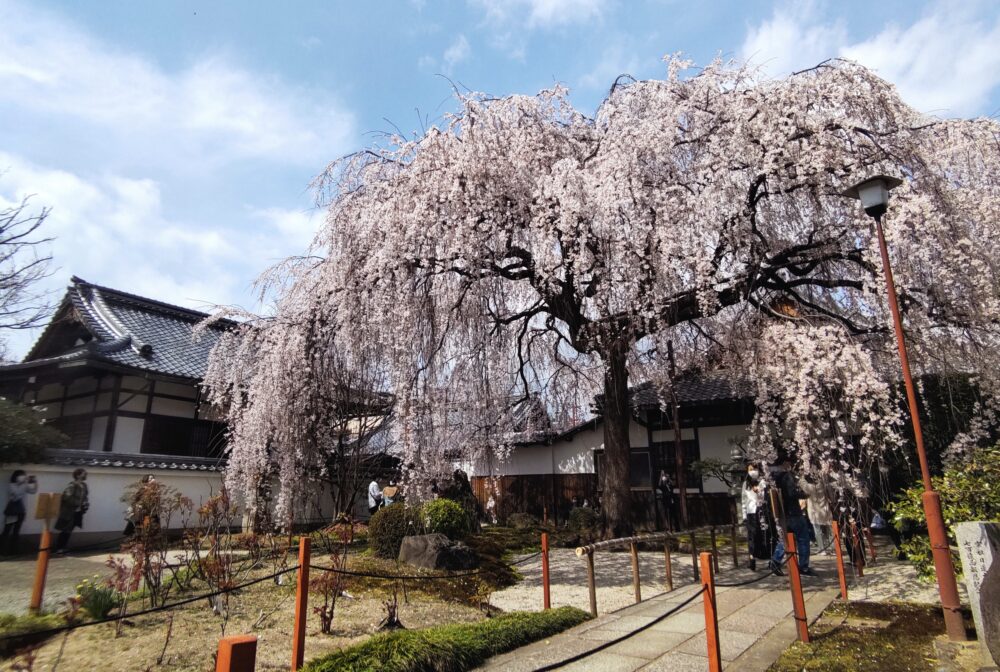
Standing tall within the Honmanji Temple garden is a majestic weeping cherry blossom tree. This iconic tree, a sibling to the renowned Gion weeping cherry in Maruyama Park, produces delicate pale pink five-petaled flowers. Its bloom arrives a week earlier than the popular “Someiyoshino” variety, painting the landscape in its unique charm from mid-March to late-April.
A pathway invites visitors to stroll beneath the cascading branches, immersing themselves in a canopy of blossoms. Looking upwards, the sight is truly breathtaking, offering a mesmerizing escape from the ordinary.
Types of Japanese garden
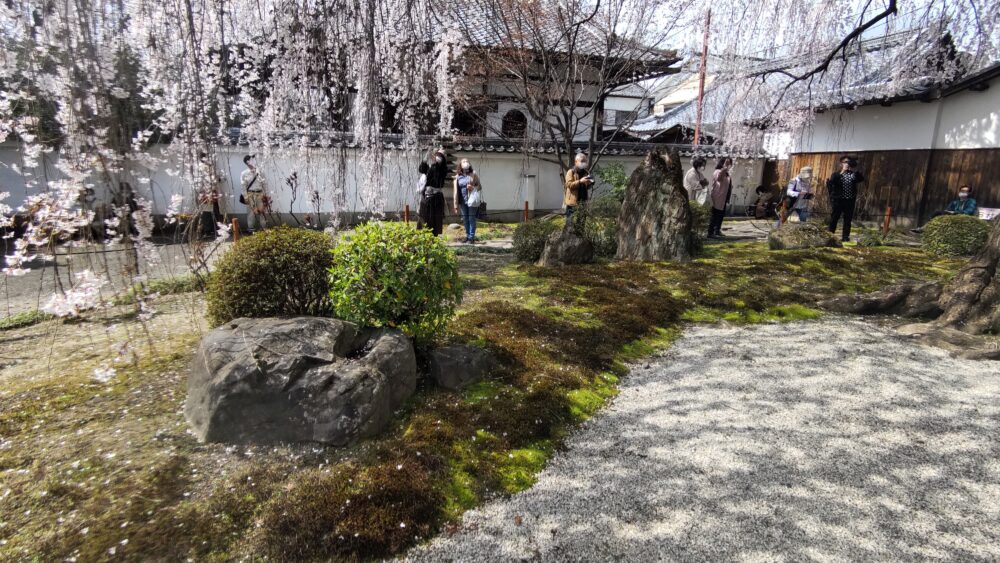
Under the vibrant bloom lies another tranquil haven within Honmanji Temple: the “Karesansui” dry garden. This traditional style of Japanese garden embodies abstract landscapes and whispers of philosophical thoughts.
Fine white gravel stretches across the scene and rocks are naturally placed. Emeralds of moss peek through while vibrant round azaleas provide colorful contrast. Unlike the bustling city, this haven embraces stillness, inviting visitors to breathe deep and soak in its serenity.
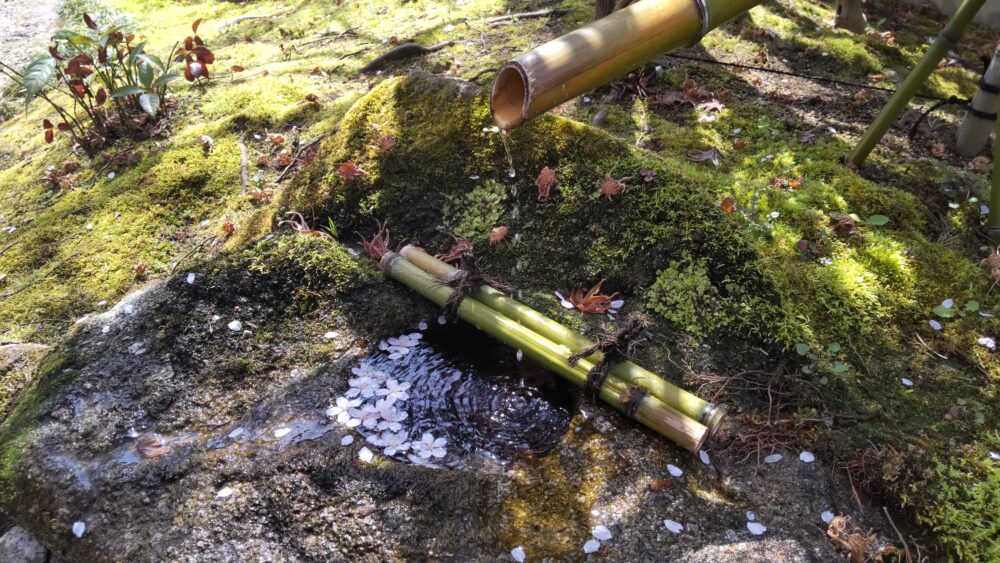
Adding to the garden’s serenity is a moss-covered stone basin known as a “tsukubai.”whith a bamboo water spout. Traditionally, visitors purify their minds and bodies by cleansing their hands here before entering the temple grounds.
During cherry blossom season, delicate cherry blossoms gently float in the basin’s water. This ephemeral display adds a touch of magic to the already peaceful atmosphere, reminding visitors of nature’s fleeting beauty.
How to get to Honmanji Temple
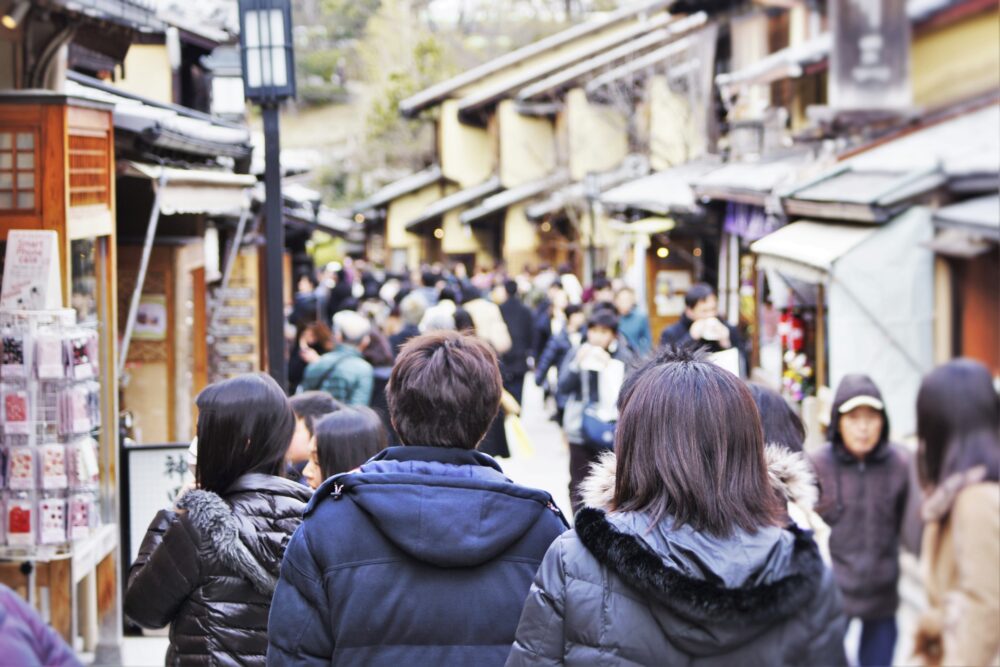
While Kyoto’s roads can become bustling with cars and buses during the peak cherry blossom season (mid-March to late April), strategic planning allows for a smooth journey to Honmanji Temple. Opting for trains or bicycles ensures timely arrival compared to buses or taxis.
By Train:
- A convenient option: Keihan Line or Eizan Line Demachiyanagi Station is just an 8-minute walk from Honmanji Temple.
By Bicycle:
- Enjoy a leisurely ride: Kyoto’s well-maintained roads and numerous rental bicycle stores make cycling a pleasant way to reach the temple.
Additionally, Honmanji Temple boasts a prime location close to several must-see sights! Within walking distance are Kyoto’s stunning Imperial Palace and the historic Shimogamo Shrines, UNESCO World Heritage Site. These, along with Honmanji, are popular stops on one-day walking tours, attracting many visitors to stay in northern Kyoto.
Information
Open hours
8:00 – 17:00
Admission
Free
Regular holiday
None
Official site(Only Japanese text)
https://temple.nichiren.or.jp/5011024-honmanji/
Address
〒602-0802 Kyoto, Kamigyo Ward, Tsuruyamacho, 16
